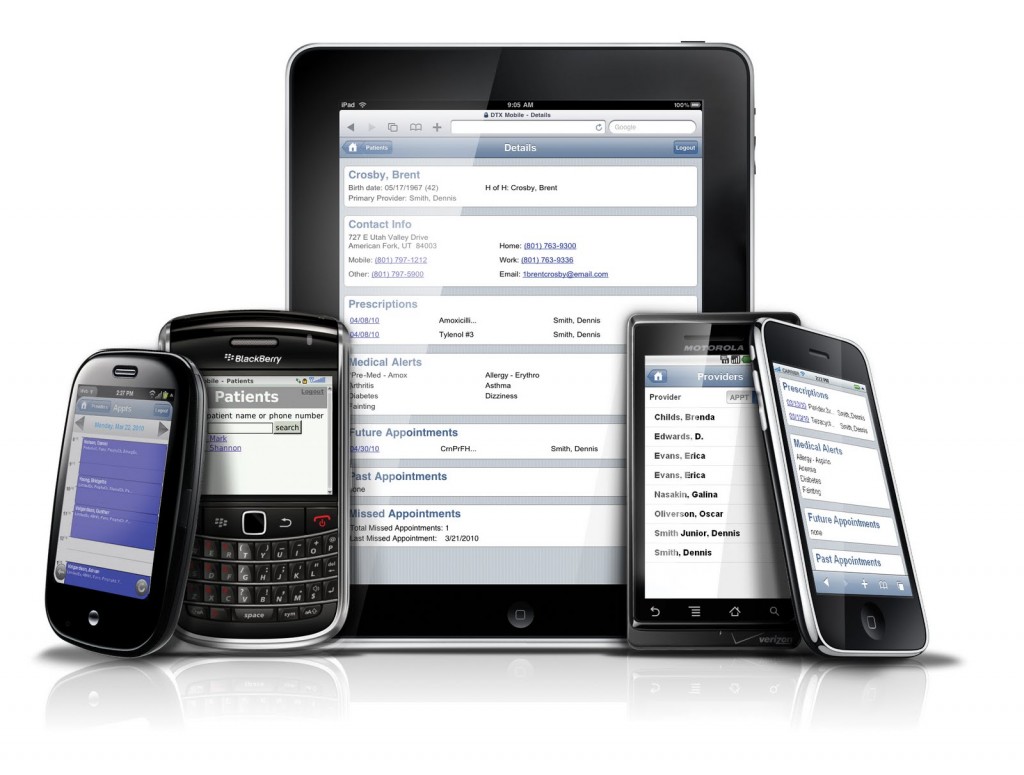In the procurement and supply management world, buzzwords come and go every year. Some of these fresh happenings represent a true change in the business world, while others fizzle out as their corresponding strategies / solutions / technologies fail to make an impact.
Few advances have made themselves as welcome in the business arena like mobility has done over the past few years. Once a staple of the consumer world, mobile applications, portals, and solutions are now a must-have for any business executive seeking to effectively manage and drive intelligence, visibility, and value.
In this two-part installment on Payables Place, we’ll take a deep look at how mobility has crossed over into not only the greater procurement and spend management world, but, more specifically, the complex spend management arena.
1. Mobility in contingent workforce management. The most interesting aspect of contingent workforce management, especially when considering the complexities of the contemporary contingent workforce umbrella, is that it seems somewhat difficult to be able to replicate office- and desktop-based tasks on a smartphone or tablet device. However, as we’ve learned (especially over the past couple of years), with the amount of contract talent rising within the typical organization, it becomes critical for even the busiest of executives to have the ability to tap into the home system and approve requisitions, check the status of interviews, and review candidate profiles and resumes while out of the office.
One fascinating attribute of the contingent workforce management space is the growing importance of SOW-based projects and professional services (services procurement). Most modern Vendor Management System (VMS) solutions offer a mobile application (or mobile-optimized portal) for tapping into the power of this technology, allowing users to track project status, view supplier management items (performance, risk, evaluations, etc.), track key milestones / delivery dates, and forecast the implications of services-based projects on greater enterprise objectives.
There has been significant investments in mobility by many of the providers in this space including those made by DCR Workforce, one of the first to market with a mobile timecard solution which today enables (1) workers to track, edit, and submit their hours, (2) managers to track and approve hours, and (3) executives and managers to access dashboards which provide full visibility into spend, budgets, and workers. IQ Navigator’s approach to mobility has been to build and offer Apps that are compatible with the different smartphone systems and distribute them in the various online App Stores.
2. Mobile travel and expense management applications. Within all of the complex spend categories that we cover on Payables Place (including contingent labor, events / meetings, telecom, marketing / print, etc.), none have the mobile history of travel and expense management. Nearly five years ago, the first of these mobile applications popped up as a means of assisting business travelers and executives with simple travel management processes, such as creating and submitting expenses, approving expense reports, and storing travel itinerary information in a centralized manner.
Mobile travel / expense management apps evolved over time to include capabilities to digitally attach receipts (utilizing smartphone images) to expense reports and not only centralize travel information, but link itineraries and trip details to a third-party social network so other regional locations and units can track when their peers will be in their area, enabling collaboration and cross-functional coordination.
Mobile applications within this space continue to evolve, bringing a simpler travel / expense management world to those travelers that are willing to lean heavily on their smartphone to streamline once-menial (and annoying) tasks while on the road, like printing boarding passes, calling for taxis, and waiting on an endless telephone hold to change / alter travel reservations.
Concur is the big player in this space and they have clearly made mobility a central part of their strategy both present and future. Two other companies to keep a close eye on in the realm of mobile expense management solutions:
Basware has the Alusta platform, which serves as the backbone to the Basware Commerce Network, and enables the mobile and cloud capabilities of its suite of applications including expense management and a very slick new analytics module. Basware’s mobile interface is built on the HTML5 standard which makes it compatible with all smartphones and tablets.
Coupa, which offers next-generation capabilities for organizations that are looking to transform expense management and gain additional efficiencies via its mobile expense management capabilities. Coupa’s mobile users can create, submit, track and approve expenses via the solution’s mobile application.
Stay tuned for the second part of this special two-part series on mobility in complex spend/category management, where we’ll take a look at how mobile applications are revolutionizing events management and shifting how organizations manage their marketing and print spend management. We’ll also highlight a few key recommendations for all organizations in regards to how, when and why to utilize apps to supplement or replace key business processes.
Check out these related articles for more information:
The Future of Travel and Expense Management: The Mobility Perplexity
The Future of Travel and Expense Management: The Visibility Quotient
The CFO’s View of Travel and Expense Management



